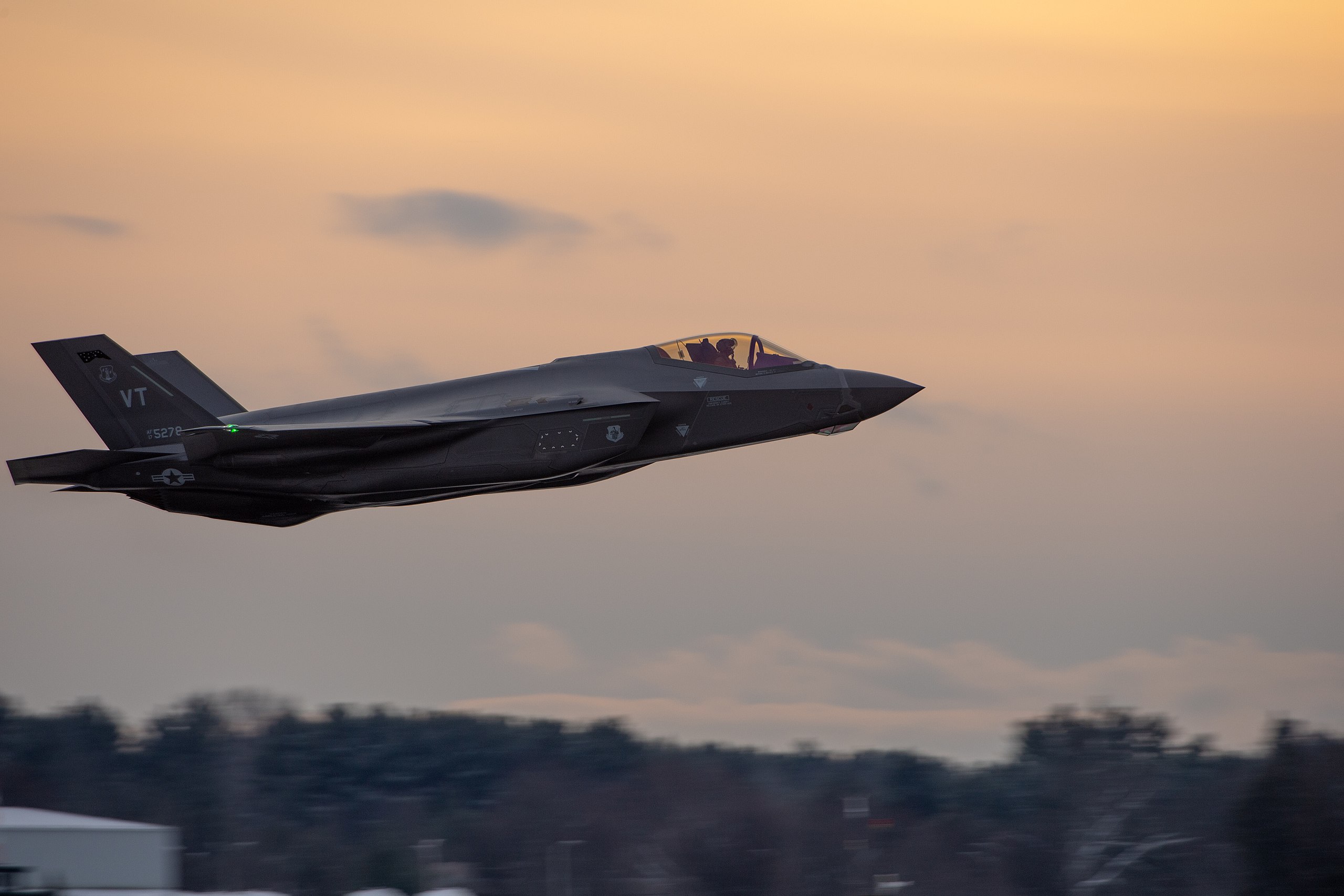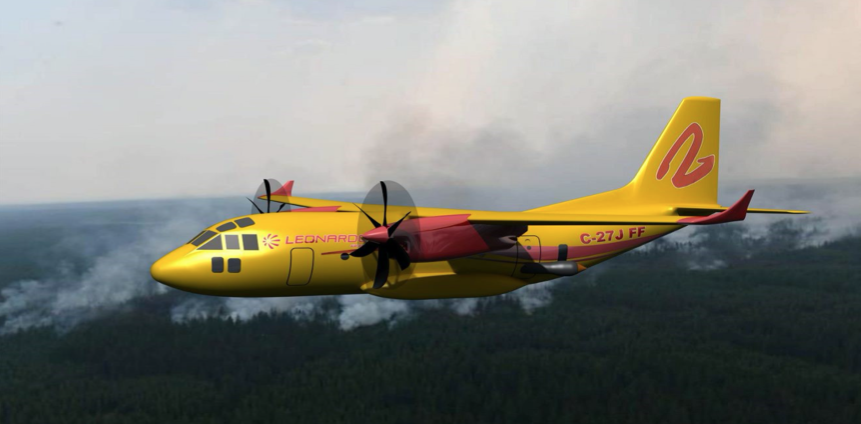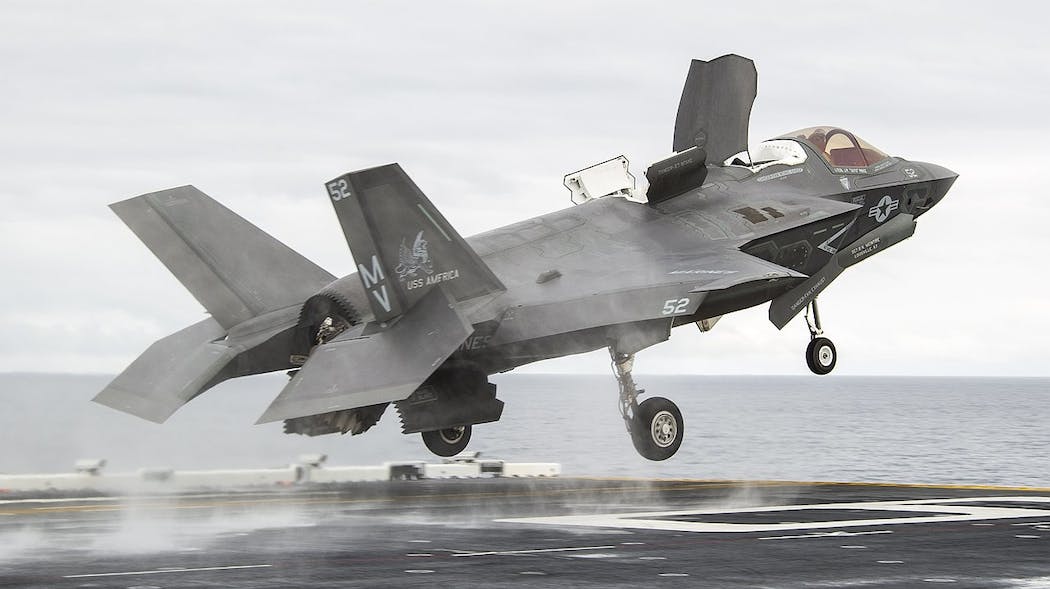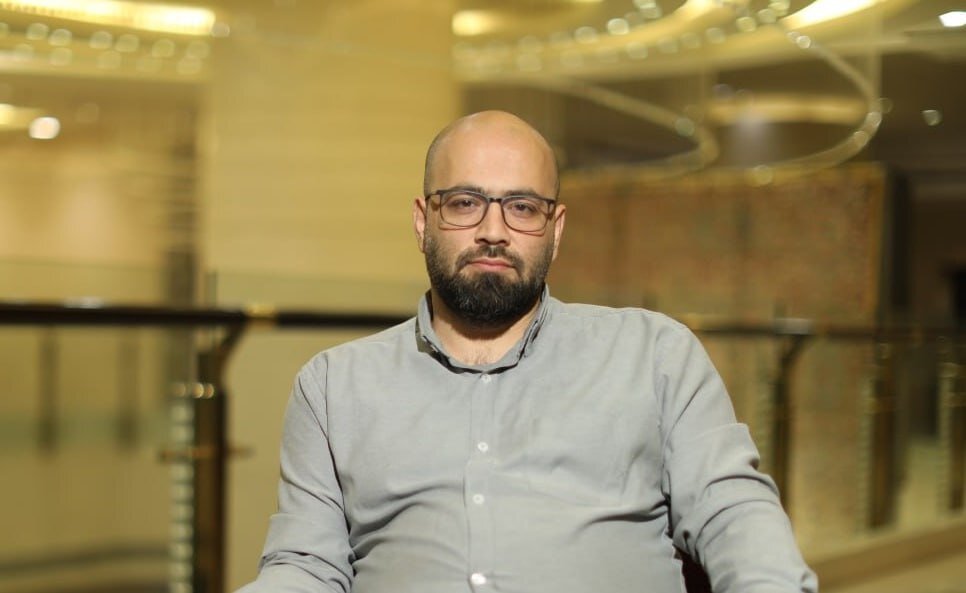By: Ryan Mason
The F-35 Lightning II Joint Strike Fighter is the Department of Defense’s (DOD) flagship weapons system, representing a key component in the U.S. military’s ability to maintain air superiority and meet national security objectives. However, despite its strategic importance, the program has been bogged down by escalating costs and delays, leading to what is now projected to be a total price tag exceeding $2 trillion over its lifetime.
In March, the F-35 reached an important milestone by achieving “full-rate production,” a point typically marking that the aircraft’s development has stabilized enough to increase manufacturing. However, while F-35 production ramps up, the military services flying the aircraft—the Air Force, Navy, and Marines—have simultaneously decided to reduce its use.
What’s behind these contrasting developments? Let’s examine the growing challenges with the F-35 program, focusing on modernization delays and rising costs despite plans to fly the jet less frequently.
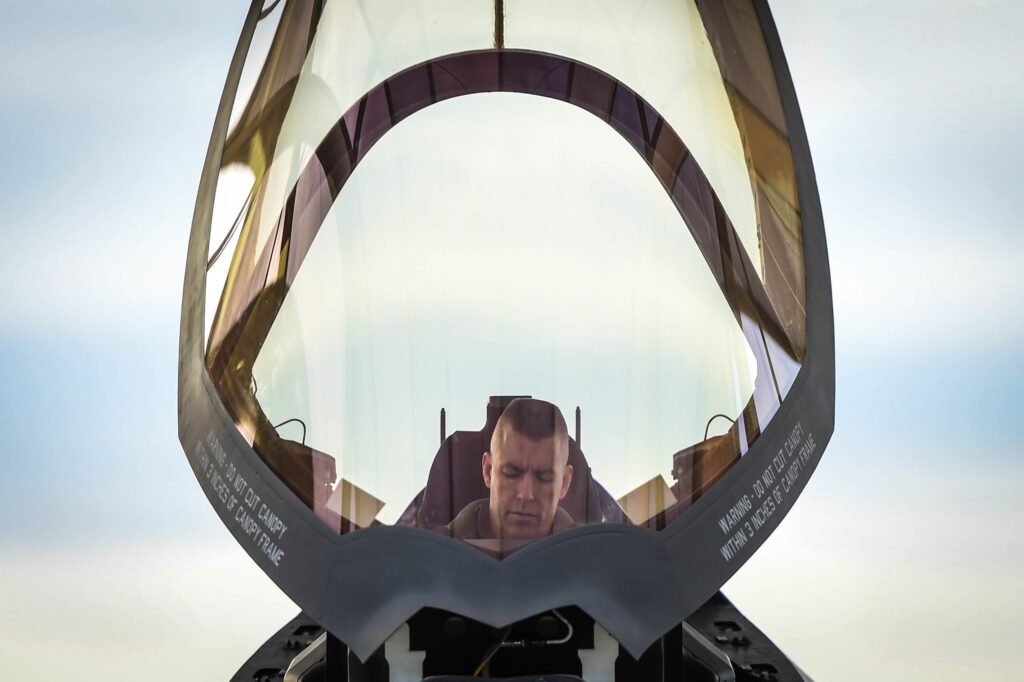
Production Struggles and Delayed Upgrades are Inflating Costs
Even for a state-of-the-art aircraft like the F-35, technology must continuously evolve to meet new operational requirements. The DOD is actively working on a $16.5 billion modernization program to upgrade the F-35’s hardware and software, adding new capabilities such as advanced radar, weapons systems, and collision avoidance technology. These enhancements are essential to keeping the jet competitive on the battlefield.
Yet, the modernization process has been far from smooth. Significant upgrades that were expected to be ready by mid-2023 have been delayed due to software instability, pushing back their implementation and driving up costs.
In addition to software-related issues, efforts to enhance the F-35’s engine and thermal management systems have faced their own challenges. Upgrading the engine is critical to ensuring that the aircraft can handle additional power requirements and prevent systems from overheating—especially as new capabilities are added. However, the DOD has yet to fully define the cooling and power needs for these upgrades, raising concerns about technical risks and unanticipated expenses.
These modernization setbacks are contributing to a ballooning budget, even as the F-35 hits key production milestones. Though the program is progressing, these persistent technical risks are translating into more costs for both the military and taxpayers.

Operating Costs Are Rising, Even as Flight Hours Are Cut
There are currently around 630 F-35s in service, with plans to purchase roughly 1,800 more across the Air Force, Navy, and Marine Corps. The projected costs for operating and maintaining the fleet have skyrocketed over the last five years, jumping from $1.1 trillion in 2018 to $1.58 trillion in 2023—an increase of 44%. This uptick is largely due to the extension of the aircraft’s service life, which has been pushed from 2077 to 2088.
While the DOD has taken some steps to curb costs—such as improving the reliability of parts and conducting cost-saving initiatives—the program is still facing significant financial strain. Efforts to enhance the efficiency and maintainability of the aircraft have saved an estimated $84 billion over the program’s lifetime, but these savings pale in comparison to the rising overall costs.
Interestingly, even as costs climb, the Air Force and Navy have scaled back their planned flight hours for the F-35, with the Air Force cutting annual flight time by 19% and the Navy by 45%. This reduction in flying time is part of an effort to meet affordability targets, ensuring that operating the aircraft remains within budget. By flying the jets less, the military can reduce wear and tear on the planes, which in turn lowers the need for costly repairs and maintenance.

Investing Now to Save Later: The Push for Engine Modernization
One of the DOD’s major efforts to control long-term costs is focused on modernizing the F-35’s engine. By upgrading the engine, the military hopes to extend the lifespan of critical parts and reduce the need for frequent, expensive maintenance. These upgrades are intended to make the aircraft more reliable and lower operational costs in the long run.
However, the modernization process is still fraught with challenges. As noted earlier, the military has yet to fully assess the technical risks and costs associated with the new engine upgrades. Without clear requirements for power and cooling, it’s difficult to ensure that the modernization efforts will achieve their intended goals without further cost overruns.
Additionally, the F-35 program is grappling with slow repair times and a growing backlog of components needing maintenance. This backlog has directly affected the availability of the jets for missions, as planes remain grounded while waiting for repairs. Addressing this issue is crucial to ensuring that the F-35 can be counted on for future military operations.
The Big Picture: Balancing Cost and Capability
The F-35 is designed to give the U.S. military a technological edge, both in terms of air combat capabilities and broader defense strategies. But in order for it to fulfill its potential, the program must remain both financially sustainable and operationally reliable. Rising costs and delays pose serious risks to the program’s affordability, even as the military tries to mitigate these issues by reducing flight hours and modernizing key systems.
The stakes are high, as the F-35 is expected to be the backbone of the U.S. fighter fleet for decades to come. As modernization efforts move forward and costs continue to be scrutinized, it will be essential for the program to balance its cutting-edge capabilities with fiscal responsibility. The F-35’s success will depend not only on its ability to outmatch adversaries in the sky but also on its affordability and readiness to perform when needed.
For now, the F-35 remains a vital, if costly, part of the U.S. defense strategy. How effectively the DOD manages its challenges in the coming years will determine whether the aircraft becomes a long-term asset or a financial burden for future military operations.
